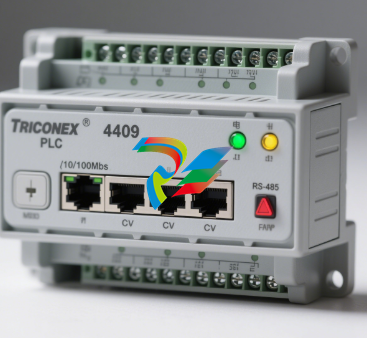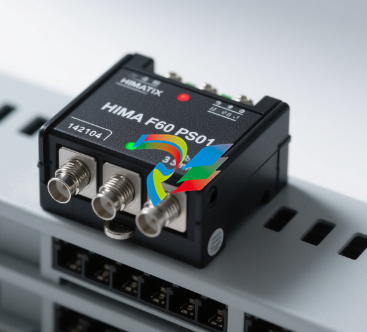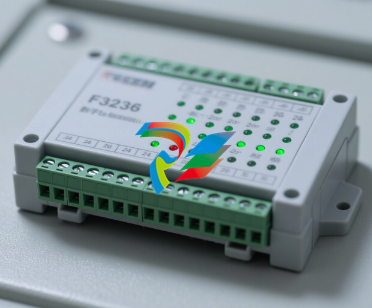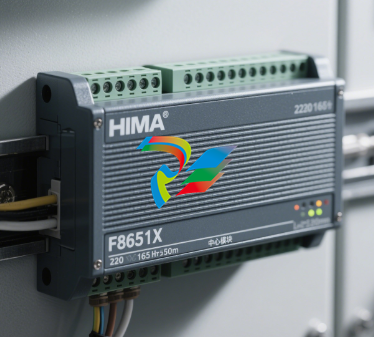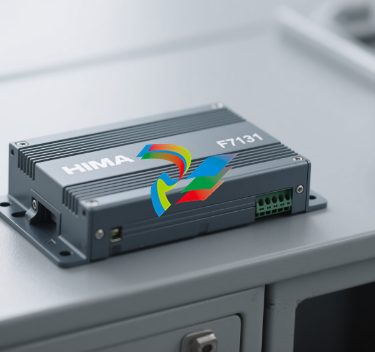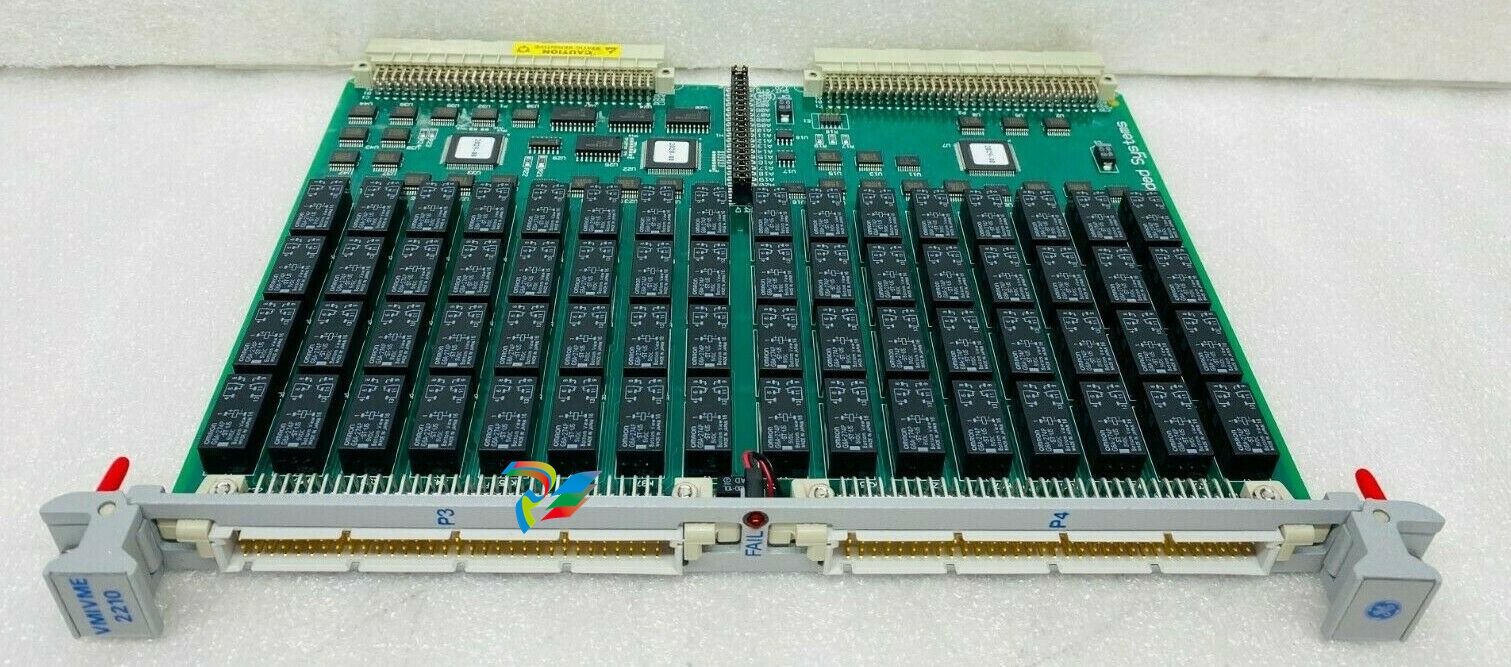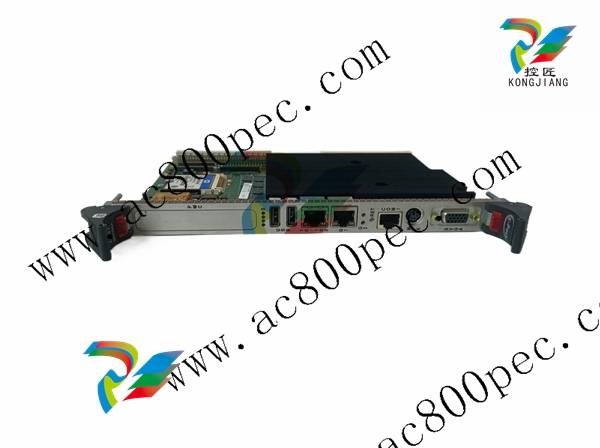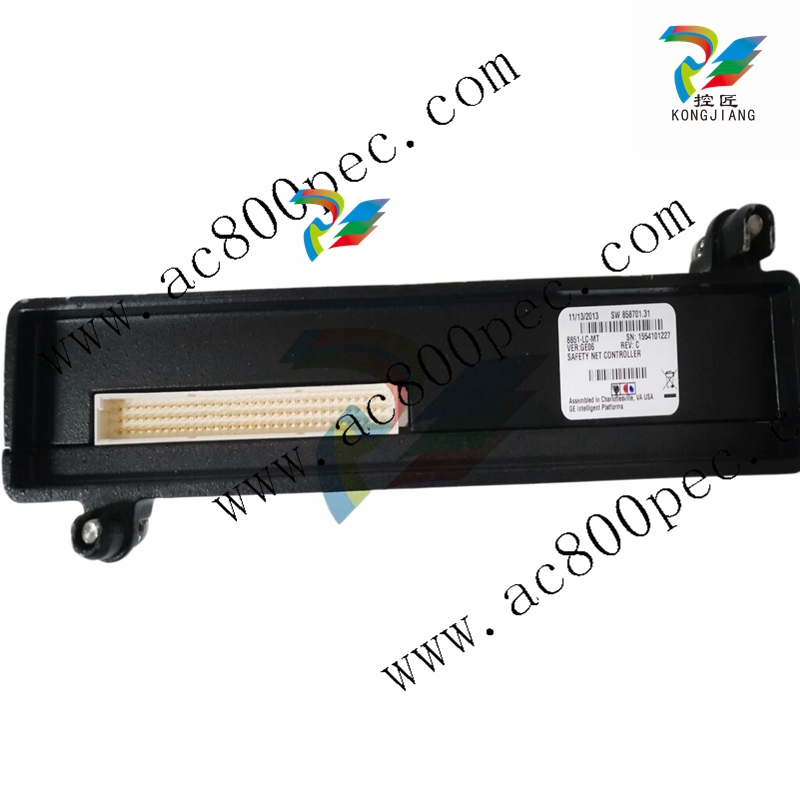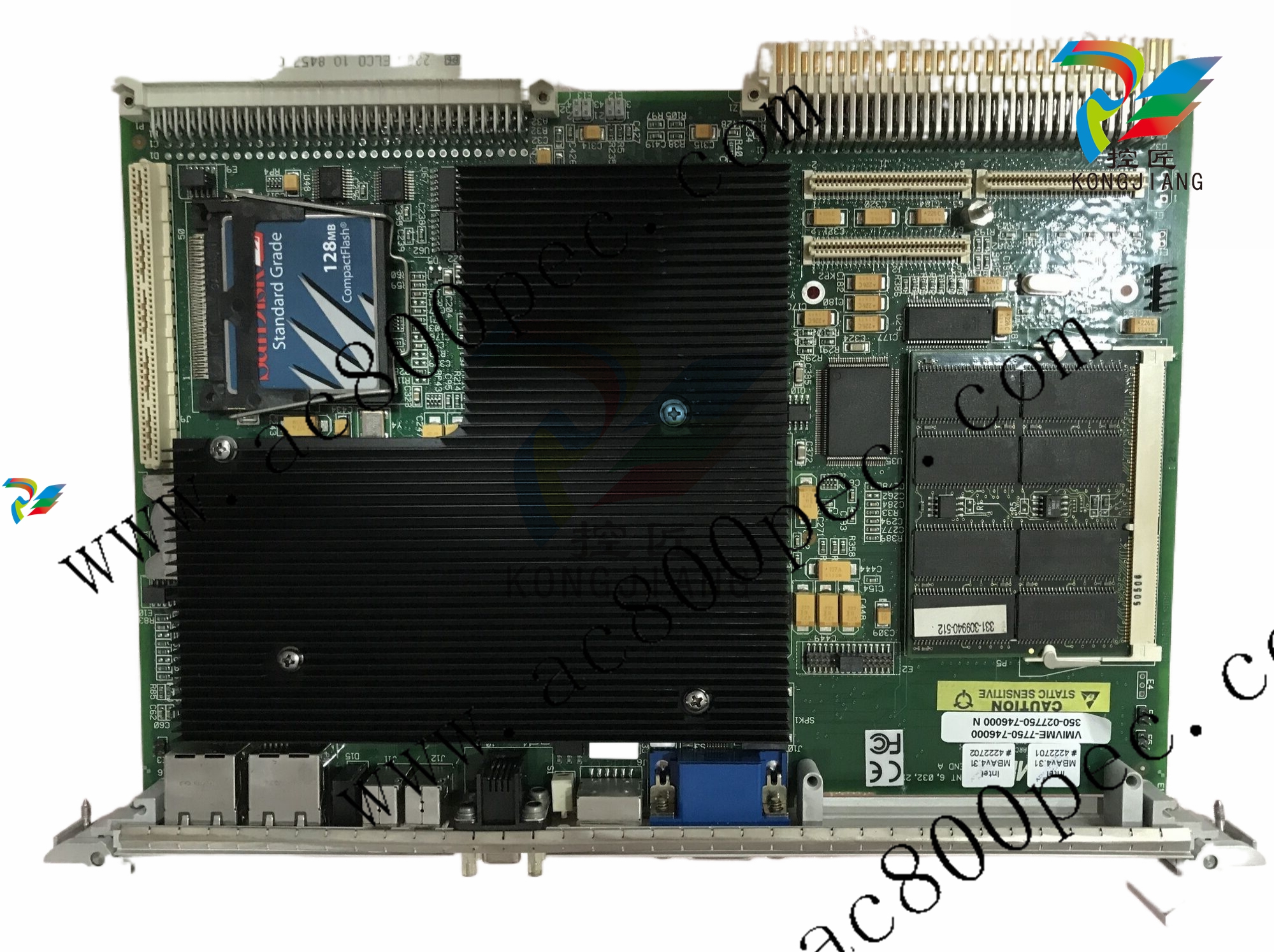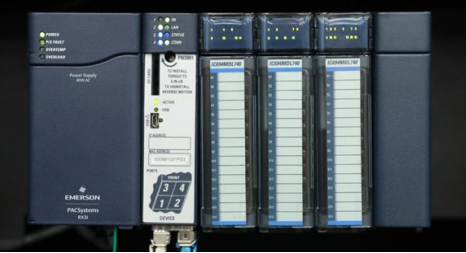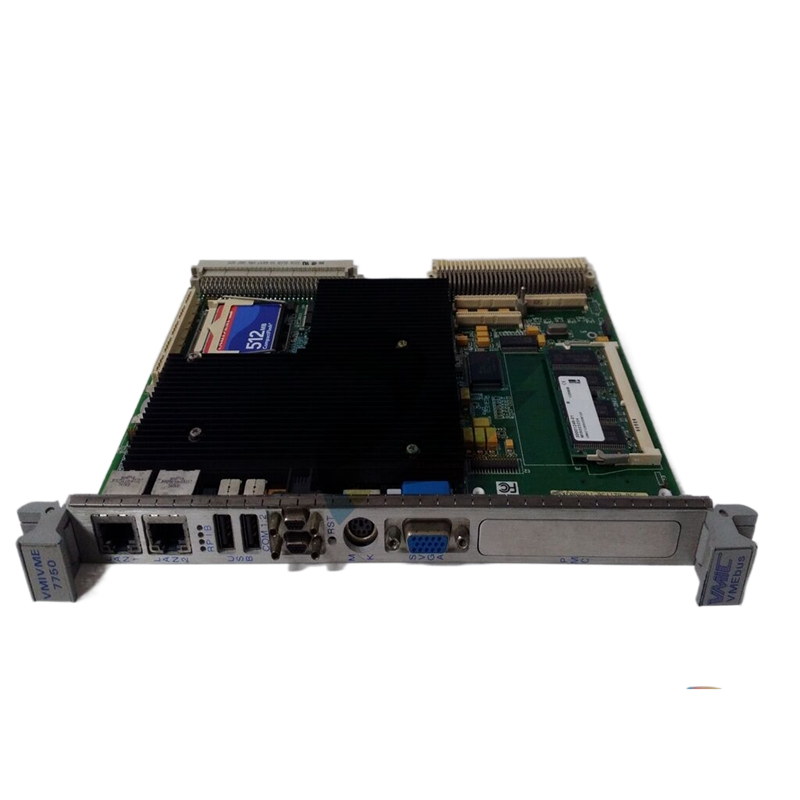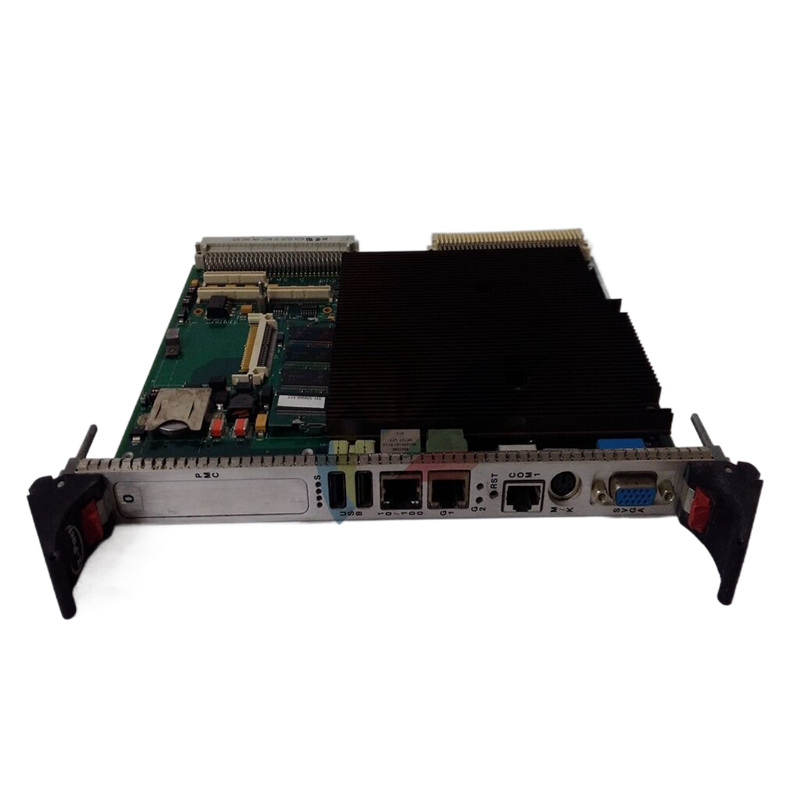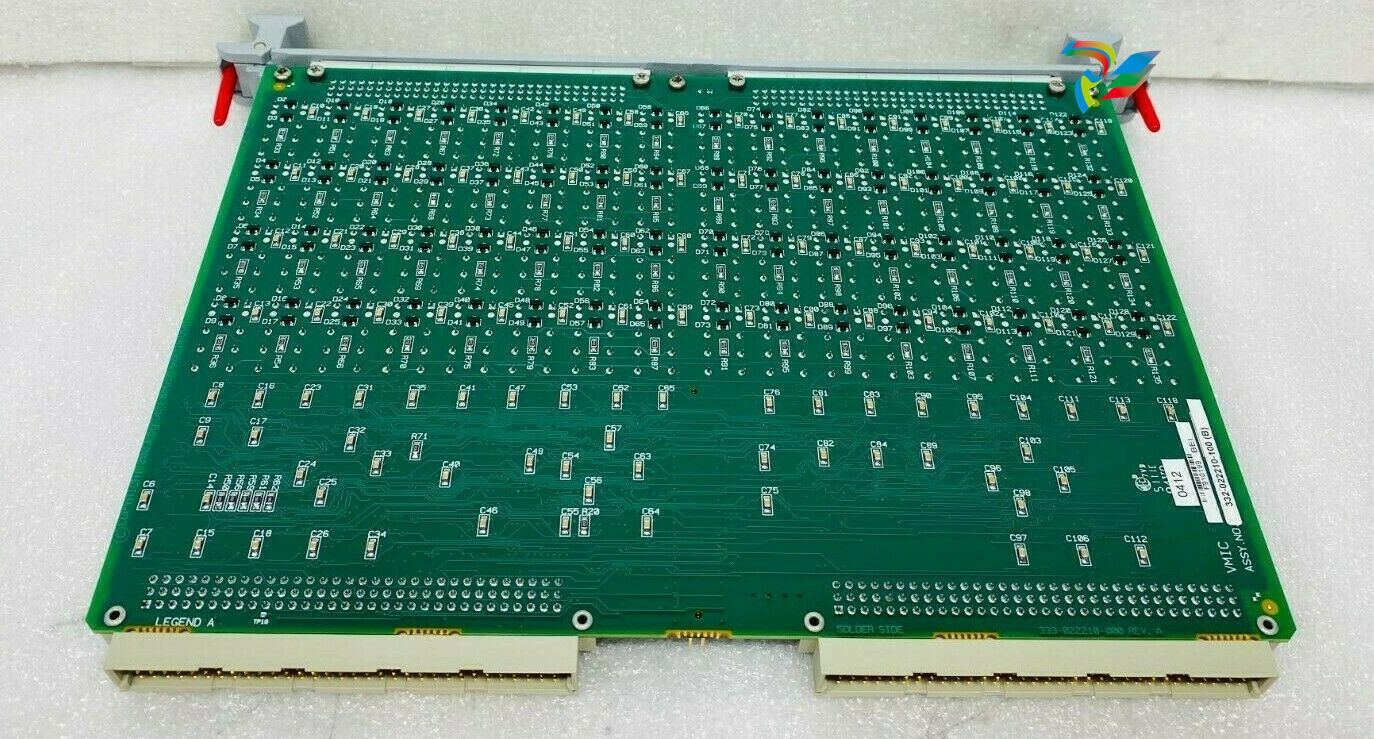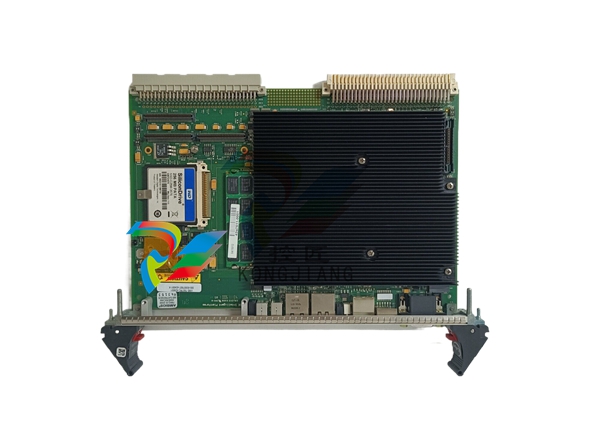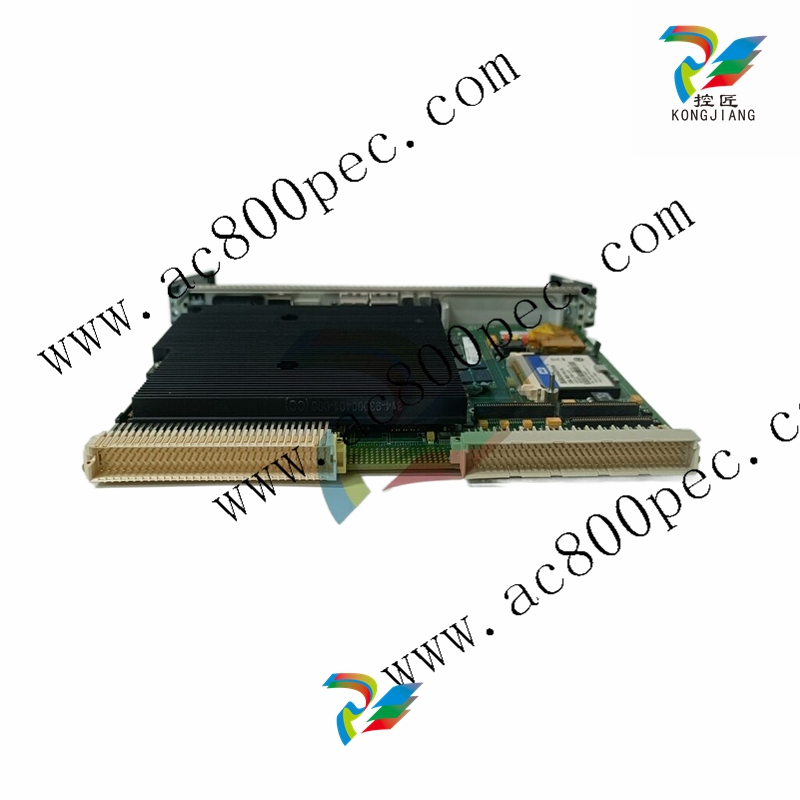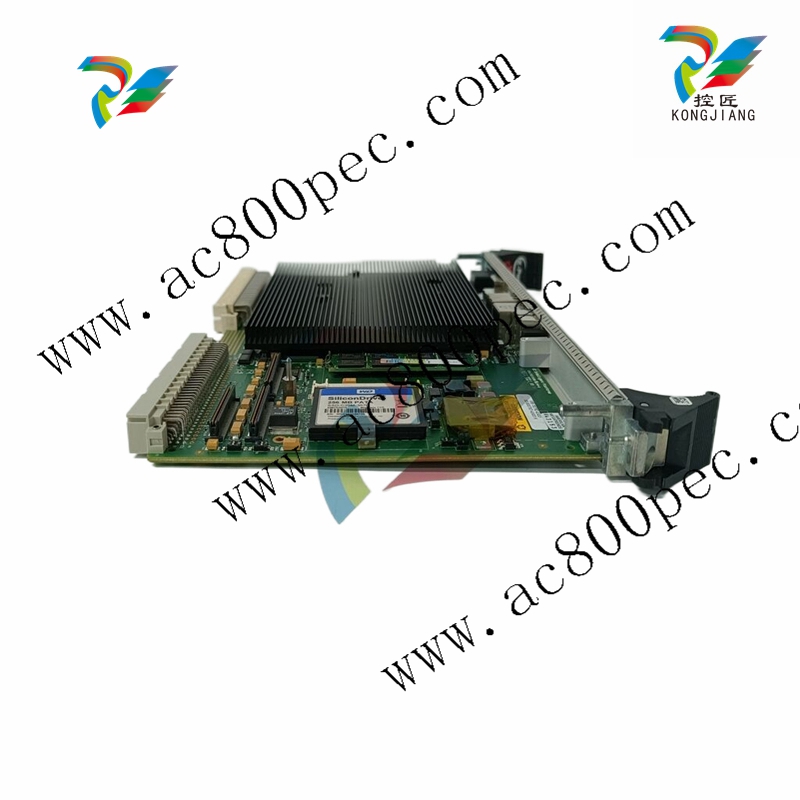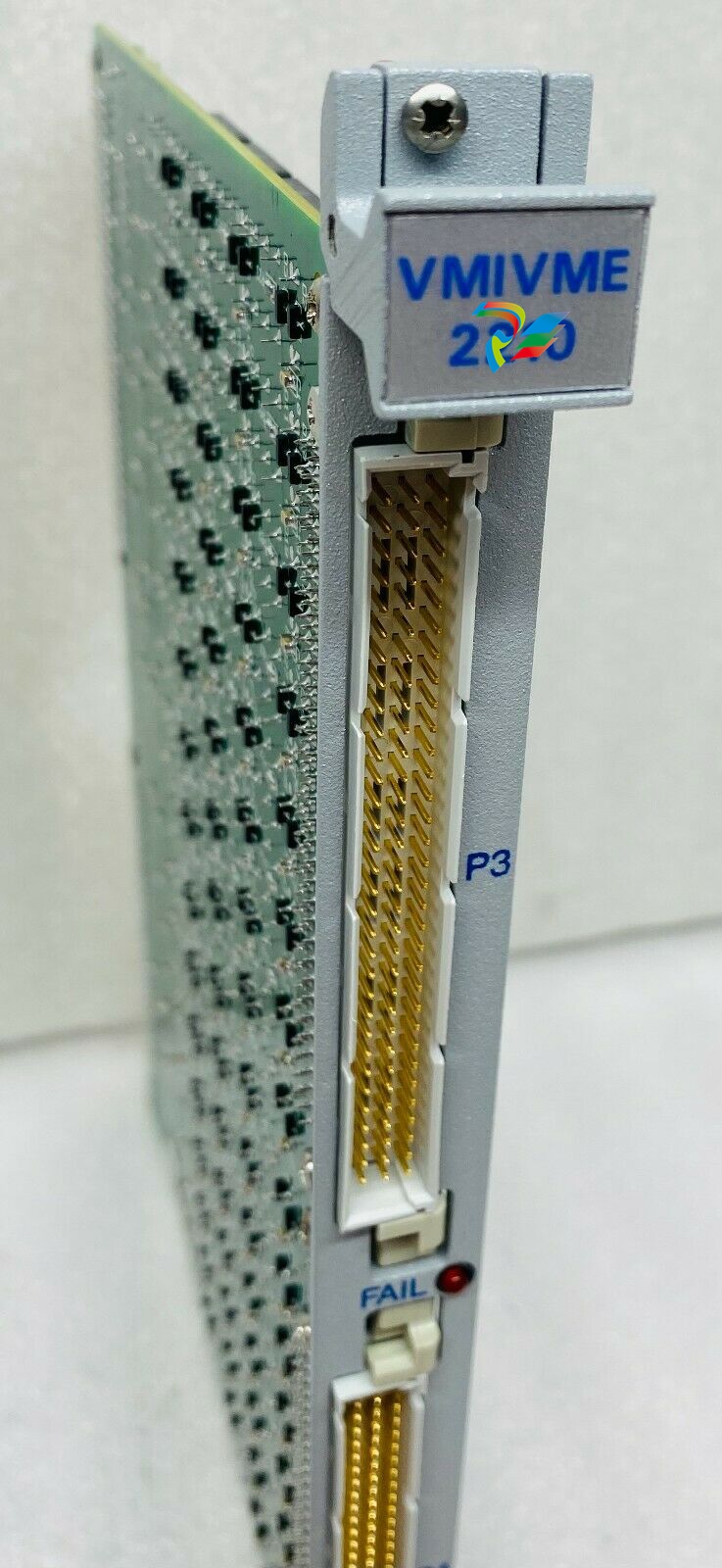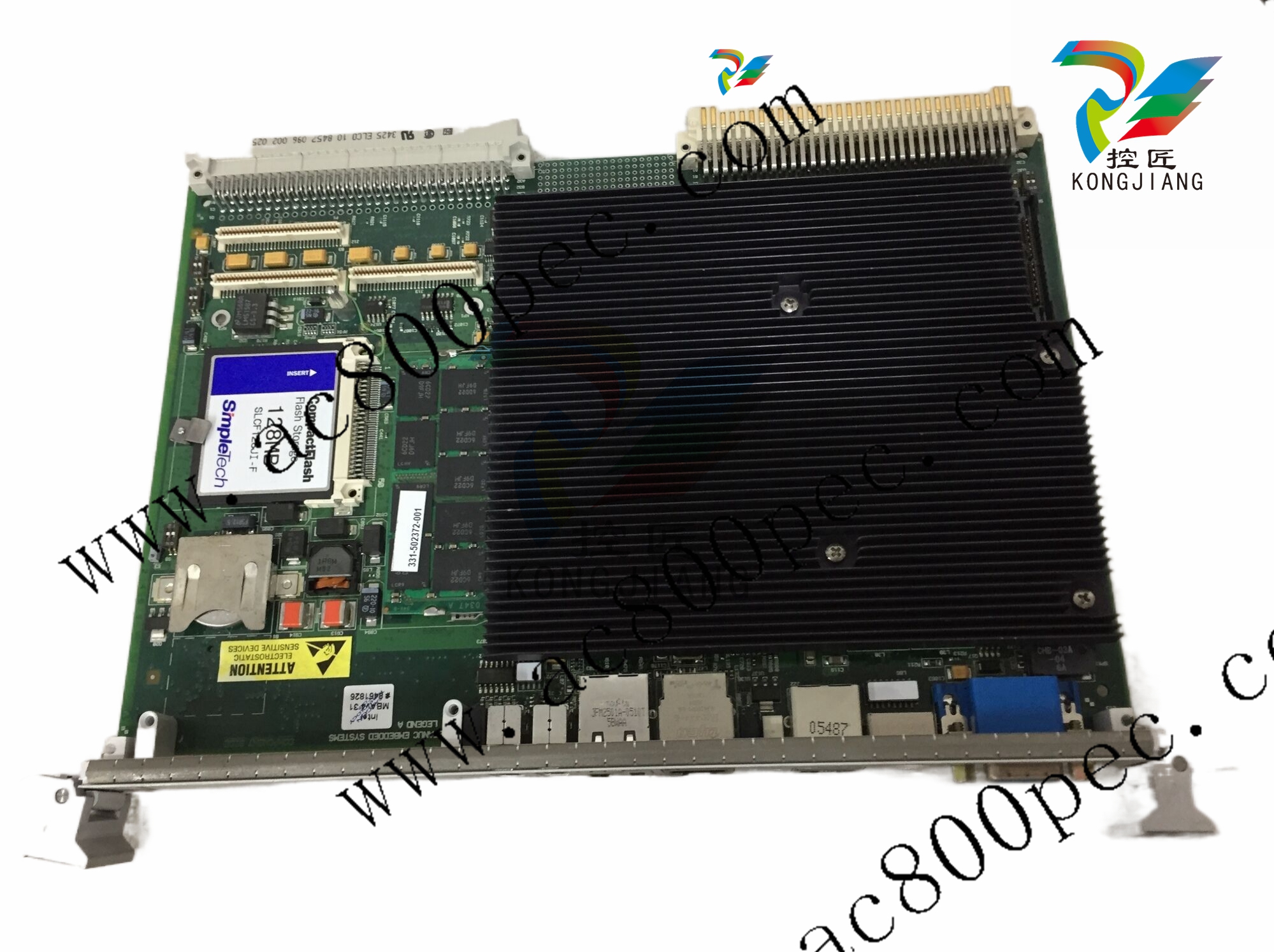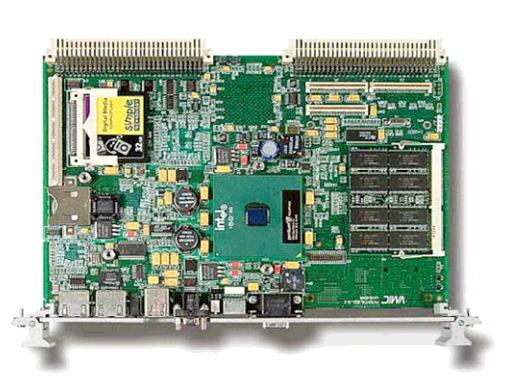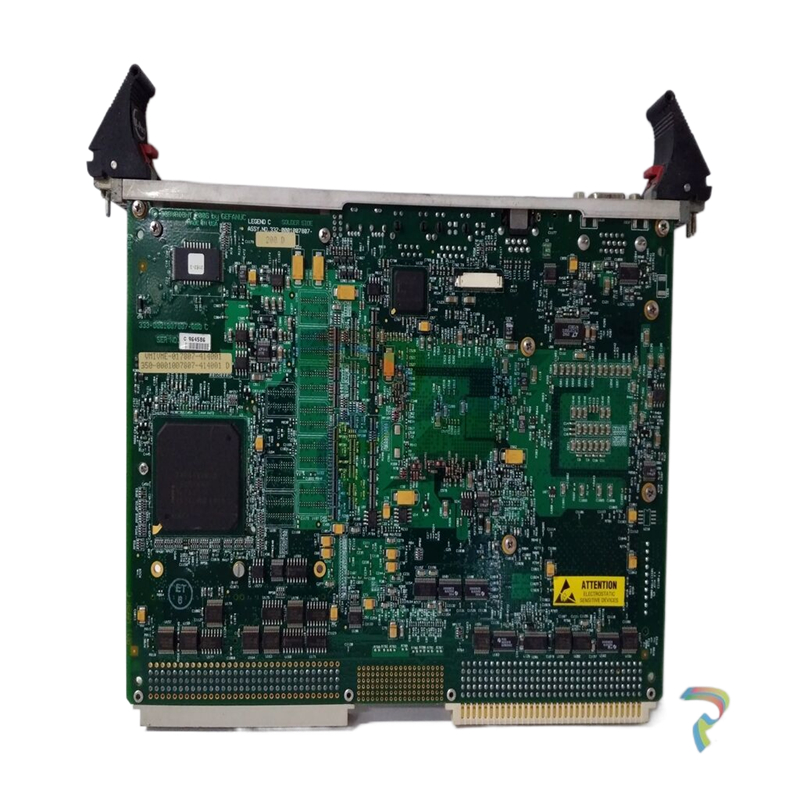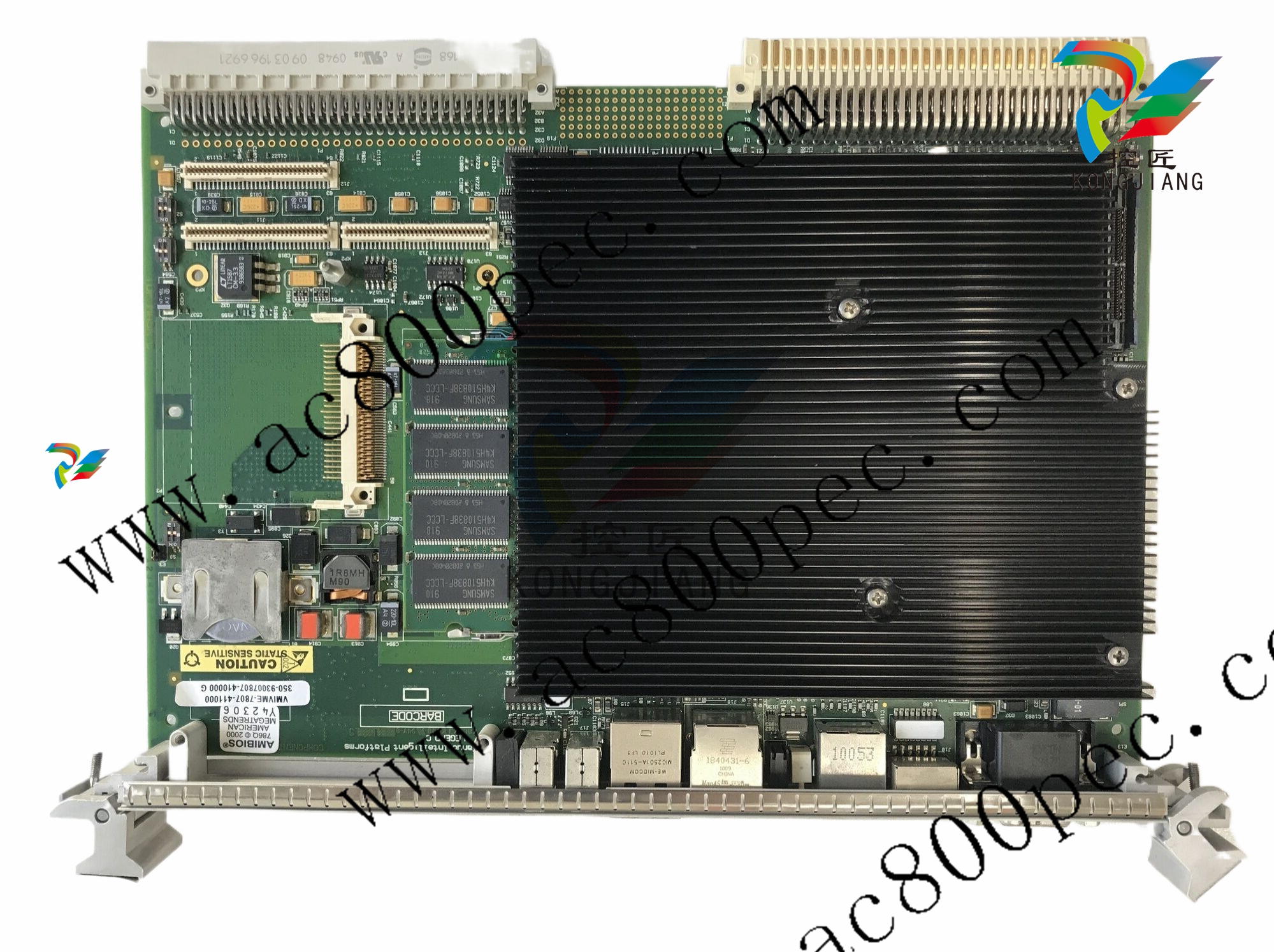
GE350 Feeder Protection System
GENERAL SAFETY PRECAUTIONS - 350
• Failure to observe and follow the instructions provided in the equipment manual(s)
could cause irreversible damage to the equipment and could lead to property
damage, personal injury and/or death.
• Before attempting to use the equipment, it is important that all danger and caution
indicators are reviewed.
• If the equipment is used in a manner not specified by the manufacturer or
functions abnormally, proceed with caution. Otherwise, the protection provided by
the equipment may be impaired and can result in Impaired operation and injury.
• Caution: Hazardous voltages can cause shock, burns or death.
• Installation/service personnel must be familiar with general device test practices,
electrical awareness and safety precautions must be followed.
• Before performing visual inspections, tests, or periodic maintenance on this device
or associated circuits, isolate or disconnect all hazardous live circuits and sources
of electric power.
• Failure to shut equipment off prior to removing the power connections could
expose you to dangerous voltages causing injury or death.
• All recommended equipment that should be grounded and must have a reliable
and un-compromised grounding path for safety purposes, protection against
electromagnetic interference and proper device operation.
• Equipment grounds should be bonded together and connected to the facility’s
main ground system for primary power.
• Keep all ground leads as short as possible.
• At all times, equipment ground terminal must be grounded during device
operation and service.
• In addition to the safety precautions mentioned all electrical connections made
must respect the applicable local jurisdiction electrical code.
• Before working on CTs, they must be short-circuited.
• LED transmitters are classified as IEC 60825-1 Accessible Emission Limit (AEL) Class
1M. Class 1M devices are considered safe to the unaided eye. Do not view directly
with optical instruments.
• This product uses optical electronic devices (line or point sensors) to sense arc
flash fault conditions. It is recommended to follow proper housekeeping measures
and establish a regularly scheduled preventive maintenance routine to ensure
proper device operation.
• This product itself is not Personal Protective Equipment (PPE). However, it can be
used in the computation of site-specific arc flash analysis when the arc flash
option is ordered. If a new appropriate Hazard Reduction Category code for the
installation is determined, the user should follow the cautions mentioned in the arc
flash installation section.
• This guide is intended to provide protective relay application guidance to mitigate
arc flash incident energy. This guide does not endorse energized work. This guide
does not claim that protective relaying can totally protect personnel from the
dangers of an arc flash. The only way to completely prevent injury from arc flash
events is to de-energize the equipment and properly follow safe lockout/tagout
procedures to ensure the equipment remains de-energized.
Safety words and definitions
The following symbols used in this document indicate the following conditions
Note Indicates a hazardous situation which, if not avoided, will result in death or serious
injury.
Note Indicates a hazardous situation which, if not avoided, could result in death or serious
injury.
Note Indicates a hazardous situation which, if not avoided, could result in minor or
moderate injury.
Note Indicates practices not related to personal injury
Overview
The 350 is a microprocessor-based relay for primary and backup over-current protection
of medium and low voltage distribution feeders. The relay is also suitable for providing
over-current and backup protection for small and medium size motors, transformers,
generators, and distribution bus-bars. The small footprint and the withdrawable option
make the 350 relay ideal for panel mounting on either new or retrofit installations. The
combination of proven hardware, a variety of protection and control features, and
communications, makes the relay ideal for total feeder protection and control. Equipped
with serial (RS485), USB, and Ethernet ports with the possibility of adding redundancy
(IEC62439, PRP and HSR), and a wide selection of protocols such as Modbus, DNP3.0, IEC
60870-5-103, 60870-5-104, IEC61850 GOOSE, OPC-UA, the 350 relay is the best-in-class
for MCCs and PCCs, SCADA and inter-relay communications. The 350 relay provides
excellent transparency with respect to power system conditions and events, through its
four-line 20-character display, as well as the EnerVista 3 Series Setup program.
Conveniently located LEDs provide indication of relay operation, alarm, and pickup, as well
as breaker, and relay status.
The 350 relay provides the following key benefits:
• Withdrawable small footprint – saves on rewiring and space. (non-draw out version is
